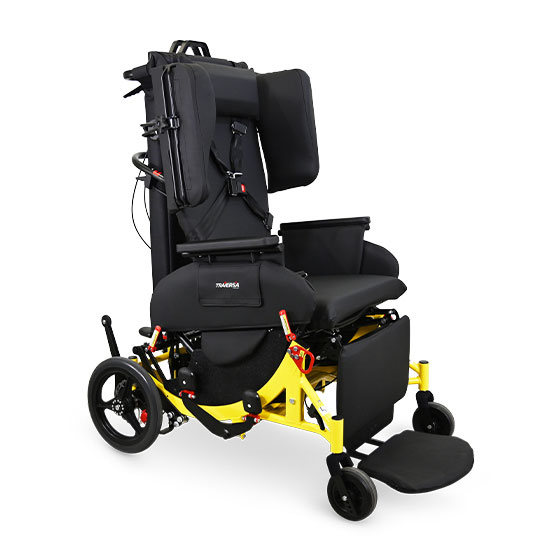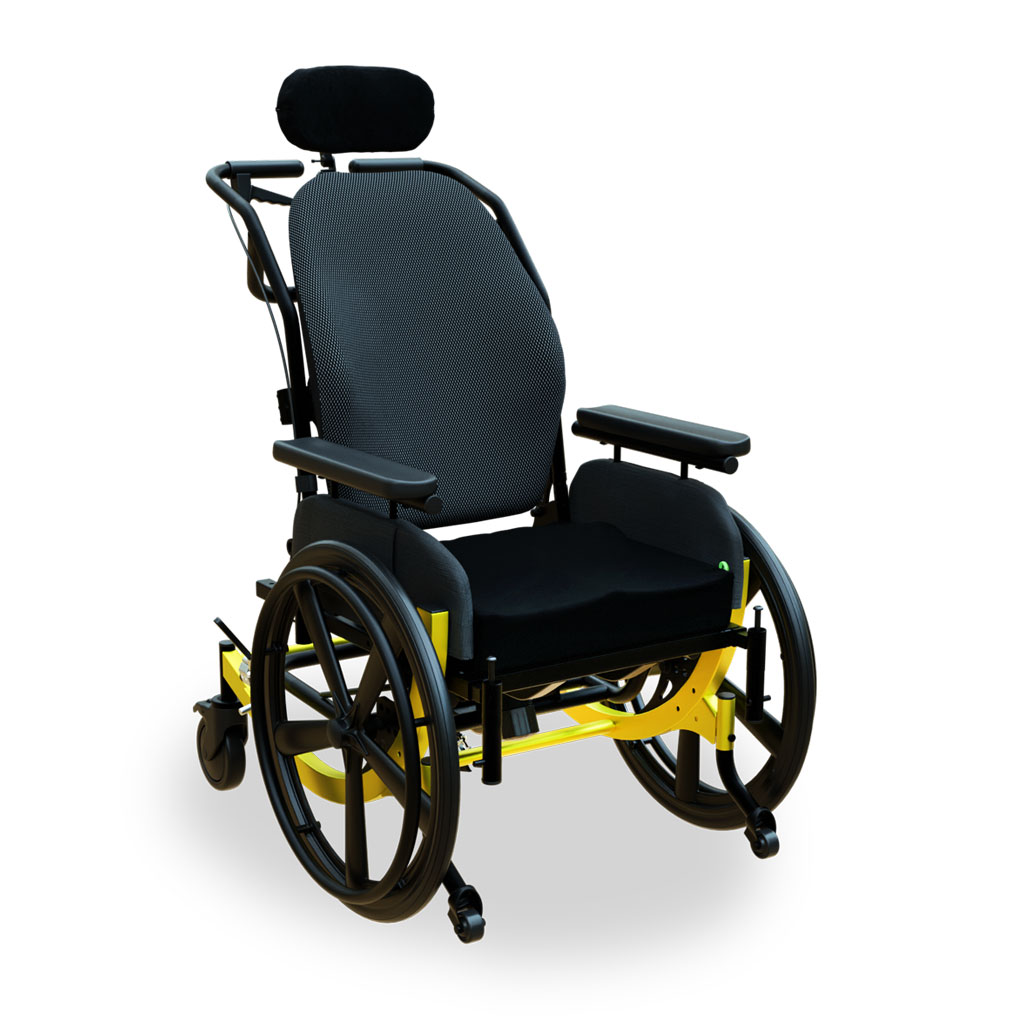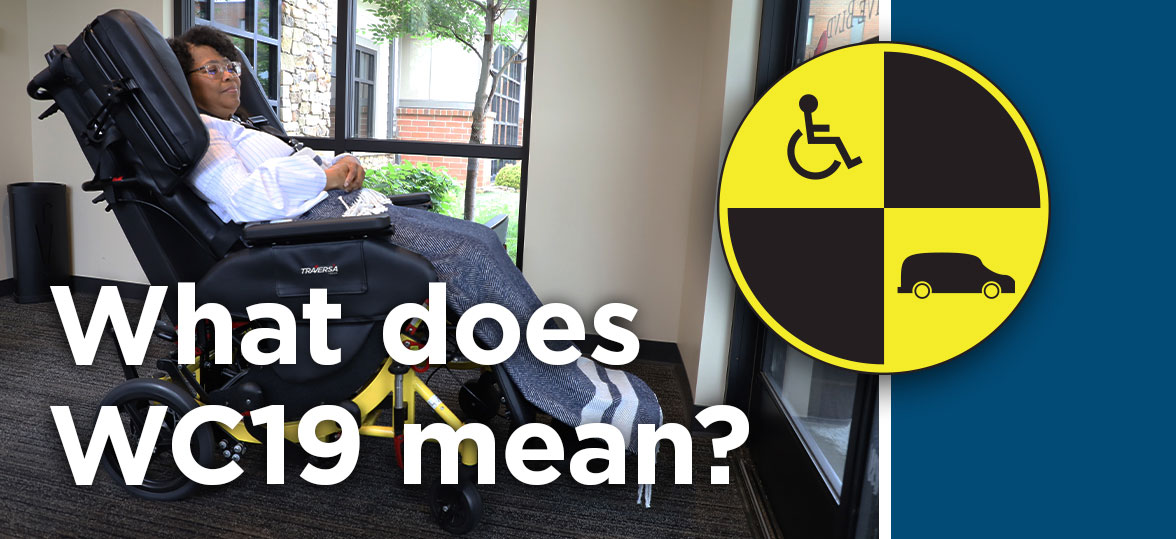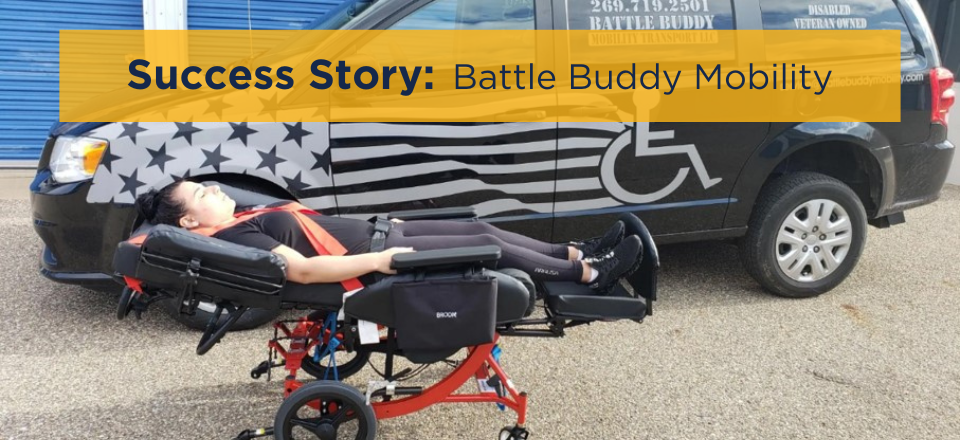Every wheelchair user is entitled to the freedoms and benefits of travel. Safe vehicle access is also important for staying connected to friends, family, and one’s community. Using a wheelchair as a vehicle seat does pose several risks if not done properly. These include injuries during transfer to the vehicle, improper securement of the wheelchair, poor driver education on how to assist a passenger in a wheelchair, and many other risks. Use this helpful guide to facilitate safe and comfortable vehicle travel with a wheelchair.
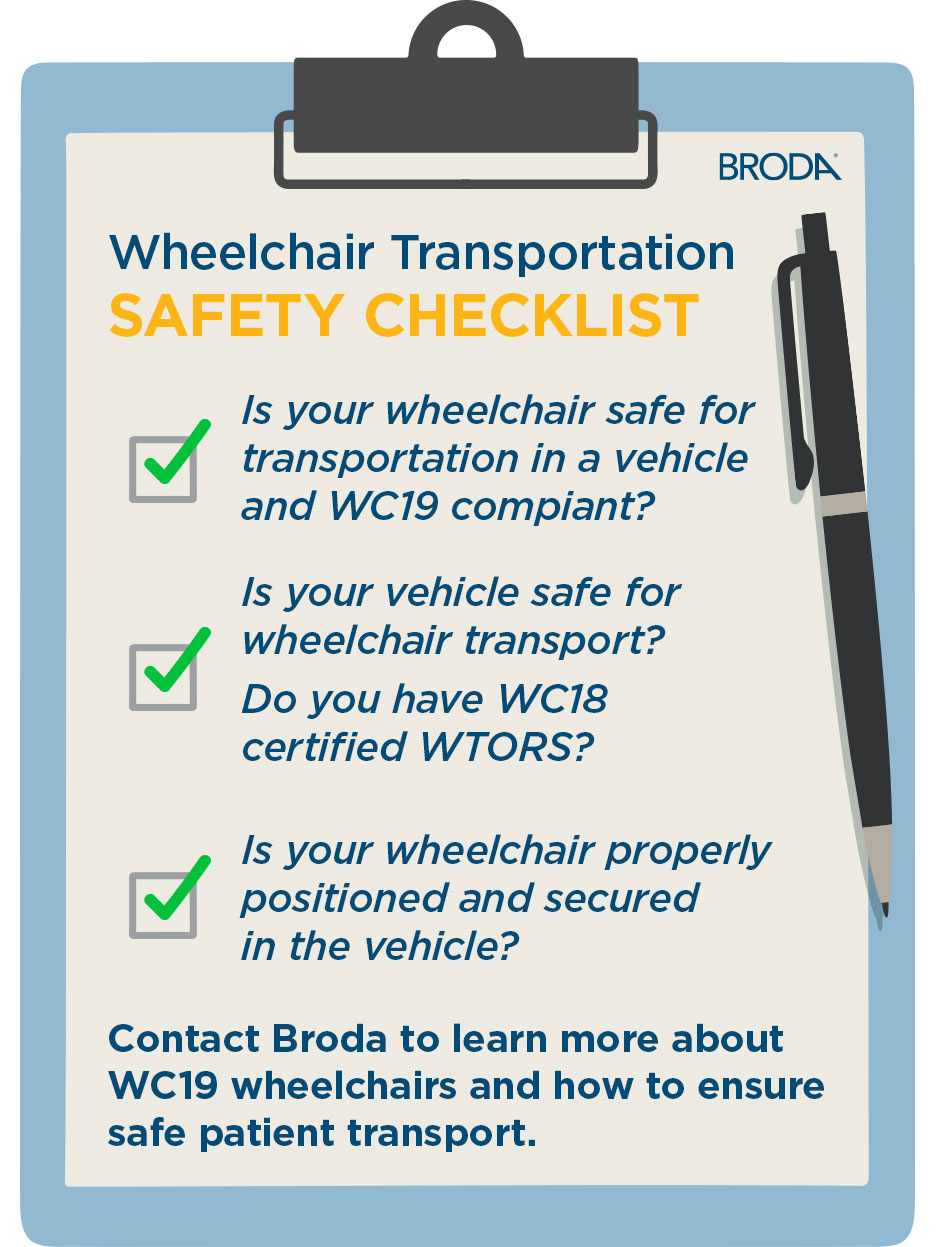
Choose a Wheelchair that is Safe for Vehicle Travel
The first step to a safe trip is to use a wheelchair that is certified for vehicle transit.1 Consider regional and international standards for wheelchair travel safety. In the United States, the WC19 standards establish a set of criteria for the manufacturing, testing, and performance of wheelchairs in vehicle transportation scenarios.2 A WC19 wheelchair has been crash tested to meet the highest standards in the industry for passenger safety. Look for the WC19 label to identify certified wheelchair models. If you already own a wheelchair or have one in mind for purchase, you can also search for specific manufacturers and models on the Crash Tested Product Lists.
A safe wheelchair will have a sturdy, crash-tested frame, well-fitting seatbelts, and four, welded anchor points for securing the wheelchair to the floor of the vehicle.3
Choose the Right Vehicle or Transportation Service
There are many different vehicle options when traveling in a wheelchair. This could be a privately owned passenger vehicle, such as a minivan. You could also choose a public form of transportation like riding the bus. For an even better travel experience, choose a NEMTAC-certified non-emergency medical transportation provider for exceptional door-to-door service.
Each transit option requires a different boarding and disembarking procedure. If you will be traveling in an unfamiliar vehicle, plan ahead by learning the type of ramp or lift, how to operate that equipment, and where boarding can safely take place.4
All wheelchair-accessible vehicles should include suitable Wheelchair Tie-Down and Occupant Restraint Systems, or WTORS. Before the trip, make sure the WTORS in your vehicle are WC18 certified and suitable for your wheelchair type.
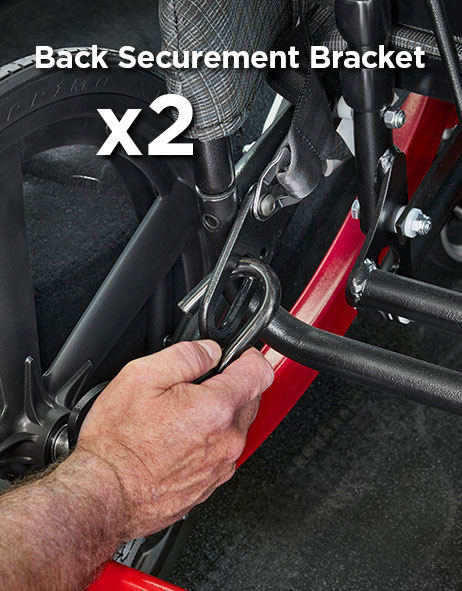
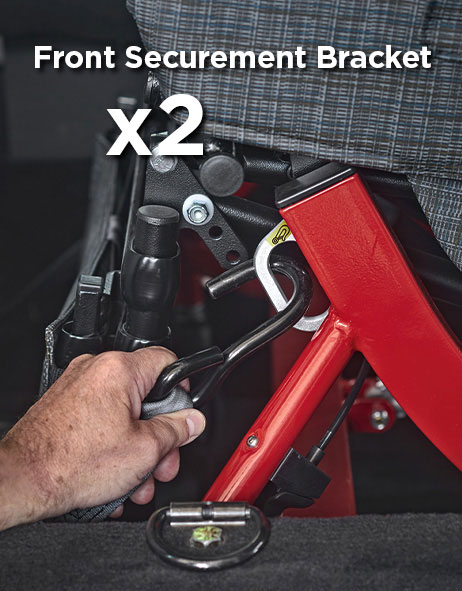
Make sure there’s enough space to correctly fit the tie-down system to the wheelchair and the occupant restraint to the passenger.4 A common type of tie-down is a 4-point hook system, which connects to special brackets on a WC19 wheelchair. Broda WC19 certified wheelchairs are compatible with this type of WTORS.
Prepare the Vehicle for Boarding
First, park the vehicle in an area safe for loading with enough room for the ramp or lift. Avoid high-traffic streets, uneven terrain, or tight spaces. Next, check the surroundings for obstacles and deploy the ramp or lift to prepare for boarding. Make sure the ramp is level with the ground. Finally, assist the passenger onto the ramp or lift, taking your time to make sure the passenger is stable, and the wheelchair is balanced. The loading and disembarking processes may be time-consuming, depending on the needs of the individual traveling, but it’s worth it to take your time to avoid equipment malfunction, wheelchair damage, or injury.
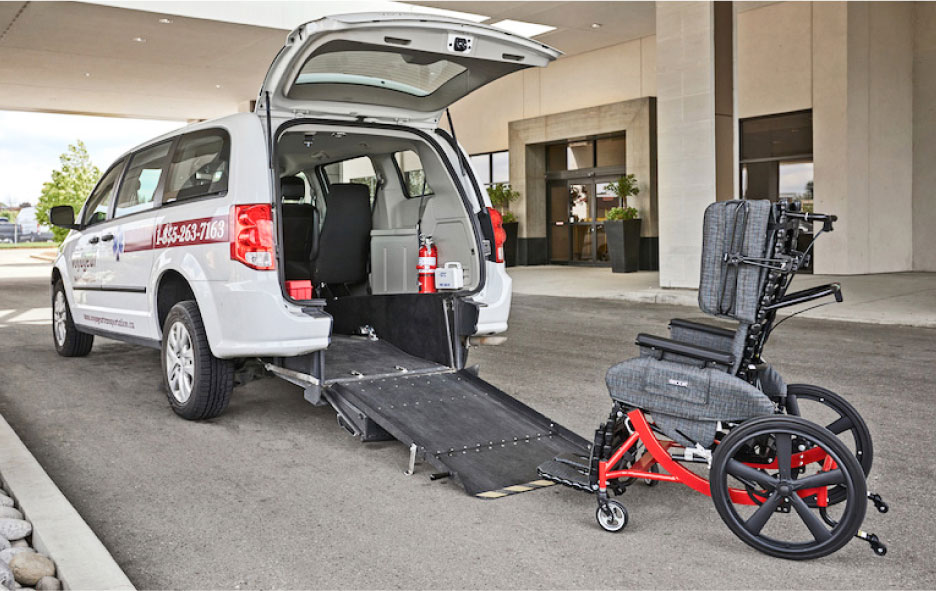
Make Sure the Wheelchair is Properly Positioned & Secured
After the passenger has been loaded onto the vehicle, position the wheelchair facing toward the front of the vehicle in the direction of travel. Research has shown that a forward-facing position is the safest in the event of an accident.1 Avoid placing the wheelchair in a location that blocks the vehicle exit for other passengers.
Engage the parking brakes on the wheelchair to minimize shifting in transit. If traveling in a power wheelchair, switch off the power unit during transit to remove the possibility of accidental propulsion.4
Parking brakes, also known as wheel locks, are not sufficient to prevent movement of the wheelchair during travel.4 You will need to secure the frame of the wheelchair to the floor of the vehicle. If you don’t secure the wheelchair to the floor, then it will slide around as the vehicle moves, causing hazards for the wheelchair user as well as any other passengers.
Use a four-point tie-down system, with two straps in the front of the wheelchair and two in the back. This will eliminate twisting, shifting, rolling, and other unsafe movements. Never attach the straps to any part of the wheelchair that is removable, such as the footrest or headrest.1 These pieces can shift or break, especially in the event of an accident. Instead, for WC19 certified wheelchairs, attach the hooks to the special brackets located on the wheelchair frame. Fasten all hooks tightly with no slack in the straps. The rear straps attach to a tie-down point that is directly behind the wheelchair. The front straps attach to points on the floor that are slightly wider than the wheelchair.3
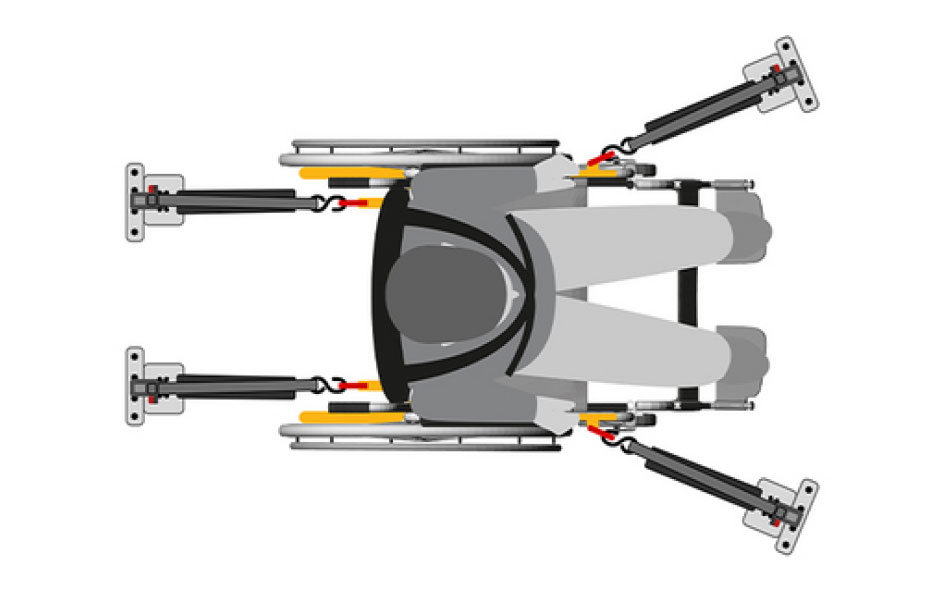
Know Your Rights to Public Transportation
In short, everyone is entitled to a safe ride, regardless of mobility device use. This means that by law, every public bus must have a wheelchair tiedown system and an occupant restraint system. Transportation companies and paratransit service providers also offer suitable accommodations for passengers in wheelchairs. Additionally, bus and van drivers are legally required to help a passenger secure their wheelchair and assist with buckling them in. Never settle for unsafe conditions and always request additional assistance if something doesn’t feel right.1
Learn About Your Right to Safe Transportation:
- Americans with Disabilities Act (ADA) and Accessible Ground Transportation (USA)
- Accessible Transportation for Persons with Disabilities Regulations (Canada)
- Disability Discrimination Act (DDA) Disability Standards for Accessible Public Transport (Australia)
WC19 Certified Wheelchairs from Broda
Broda offers top-of-the-line wheelchairs that are built to make vehicle travel safe and comfortable. Broda manufactures our WC19 wheelchairs to the most rigorous safety standards. Each model is crash-tested by the University of Michigan Transportation Research Institute (UMTRI) to ensure maximum safety in an emergency. If you’re looking for a wheelchair to keep you safe and comfortable during vehicle travel, then the Broda transit wheelchairs may be right for you.
For more information about our WC19 compliant wheelchairs, contact our team at 844-552-7632 or sales@brodaseating.com.
References
- The Rehabilitation Engineering Research Center on Wheelchair Transportation Safety. (2008, January).Best practices for using a wheelchair as a seat in a motor vehicle. https://www.rercwts.org/RERC_WTS2_KT/RERC_WTS2_KT_Stand/WC19_Docs/BestPractices.pdf
- University of Michigan Transportation Research Institute. (n.d.).WC19: Wheelchairs – WC transportation safety. Retrieved September 10, 2021, from https://wc-transportation-safety.umtri.umich.edu/wc19/
- Craig Hospital. (2015, March) Safe personal vehicle travel guide for wheelchair users (#859). https://craighospital.org/resources/safe-personal-vehicle-travel-guide-for-wheelchair-users
- Medical Devices Agency & Northern Ireland Adverse Incident Centre. (2001, November).Guidance on the safe transportation of wheelchairs. http://btckstorage.blob.core.windows.net/site4667/Best%20Practice/Handover/Guidance%20on%20the%20Safe%20Transportation%20of%20Wheelchairs.pdf

